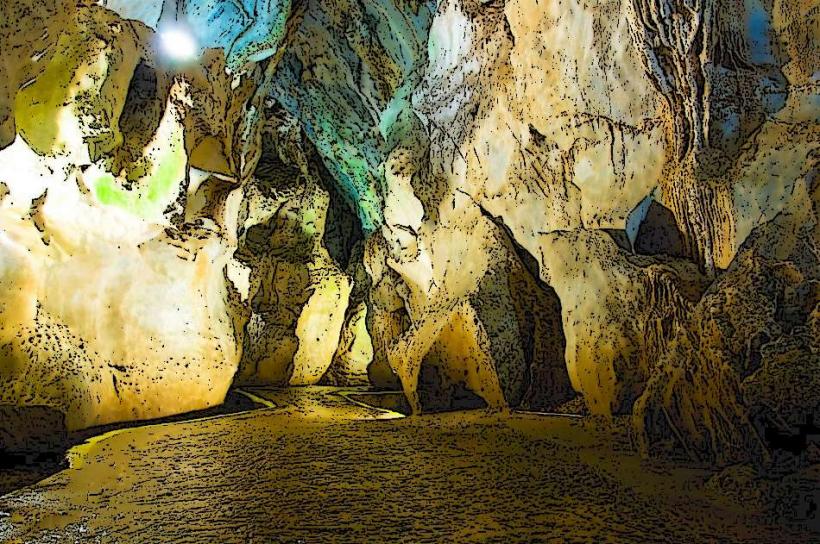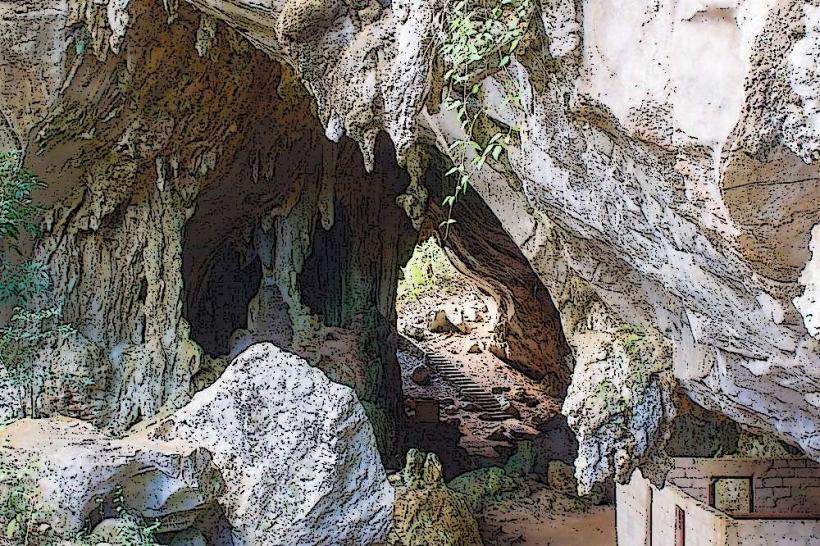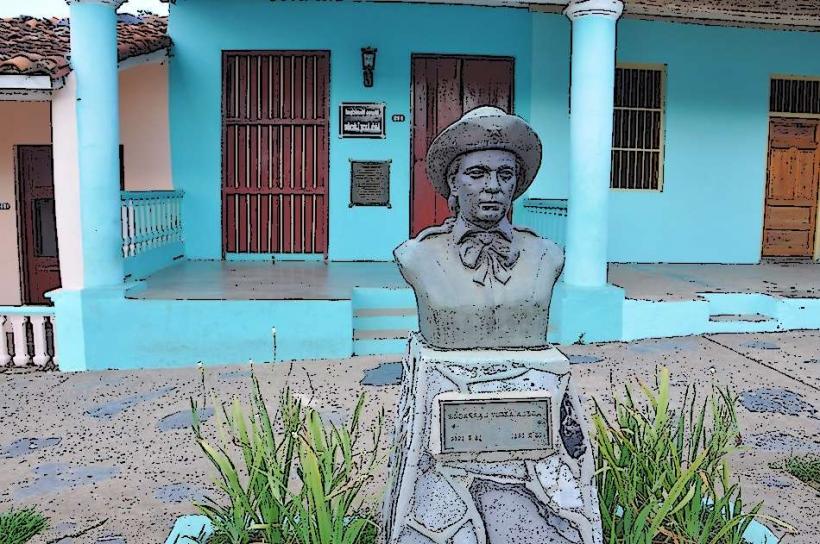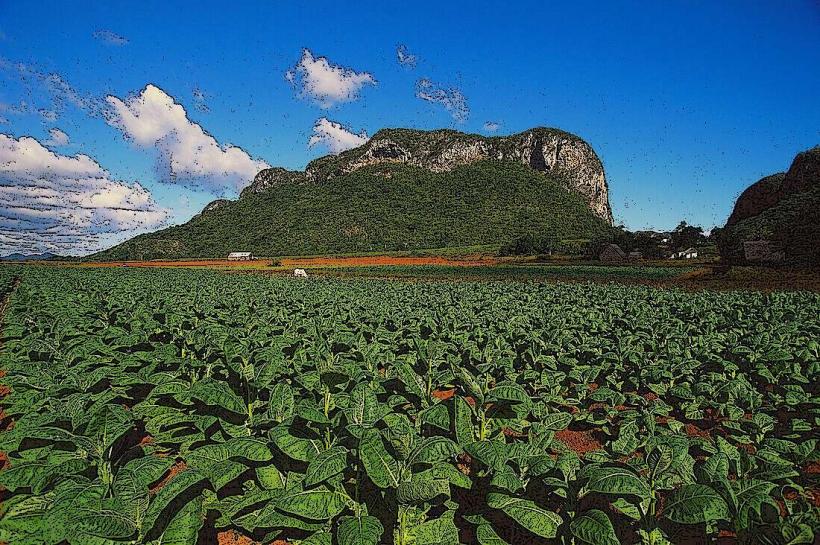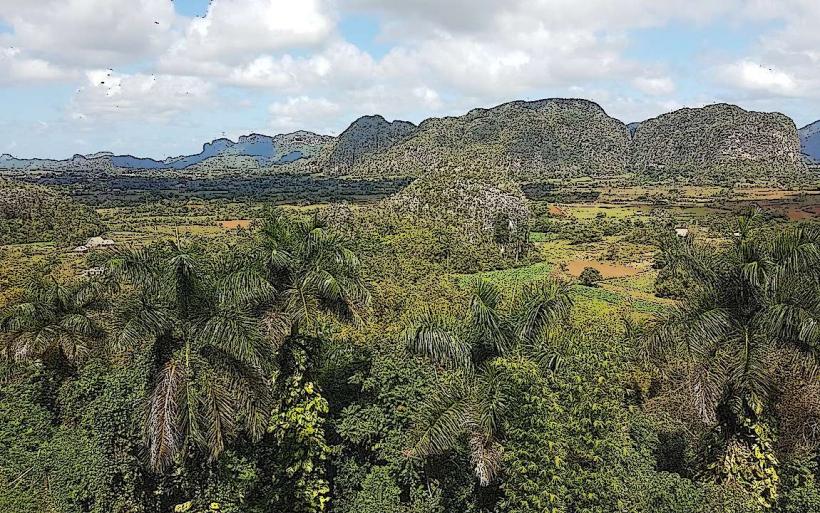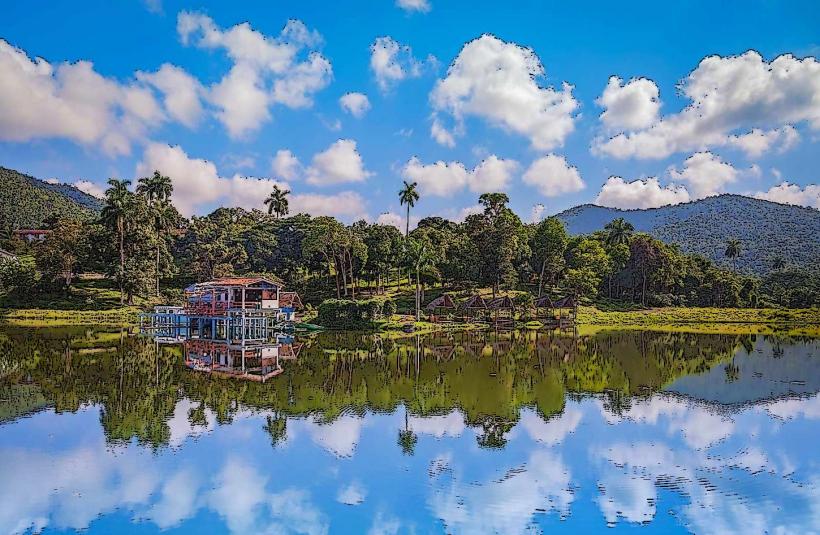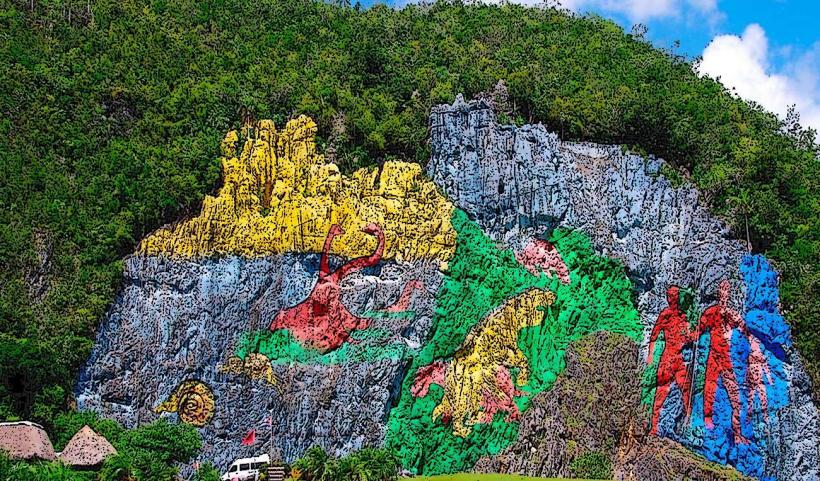Information
Landmark: Viñales National ParkCity: Pinar del Rio
Country: Cuba
Continent: North America
Viñales National Park (Parque Nacional Viñales) is one of the most famous natural and cultural landmarks in Cuba, located in the Pinar del Río province, in the western part of the island. It is recognized for its stunning landscapes, unique geological formations, and rich biodiversity. The park is a UNESCO World Heritage Site due to its exceptional natural beauty, agricultural significance, and cultural value. Here's a detailed look at Viñales National Park:
Geographic and Natural Features:
- Location: The park is located in Viñales Valley, approximately 180 kilometers (112 miles) west of Havana, Cuba’s capital. It is easily accessible from the town of Viñales, which serves as a gateway to the park.
- Landscape: Viñales National Park is renowned for its dramatic landscape, which features limestone hills known as mogotes. These conical hills, often covered in dense greenery, rise abruptly from the flat valley floor, creating a surreal and awe-inspiring panorama. The park is characterized by lush vegetation, fertile soils, and tranquil rivers that wind through the valley.
- Climate: The region enjoys a tropical climate, with hot and humid summers and cooler, drier winters. The average temperature in the valley is around 25°C (77°F). The climate supports a wide range of flora and fauna, making it a biologically rich area.
Geological and Ecological Significance:
- Mogotes: The mogotes (limestone hills) are a key feature of Viñales National Park, with some rising over 400 meters (1,300 feet) above the valley floor. These formations are a result of karst erosion, which has shaped the region over millions of years. The mogotes are not only striking visually, but they also house caves, underground rivers, and rich ecosystems.
- Caves and Caverns: The park is home to several impressive caves, including Cueva del Indio (Cave of the Indian), which contains a river that visitors can explore by boat. Cueva de los Secretos is another notable cave in the area, known for its stunning rock formations and historical significance.
- Biodiversity: Viñales National Park is home to a diverse range of plant and animal species, many of which are endemic to Cuba. The park's ecosystems range from tropical forests to grasslands, supporting a variety of wildlife, including birds, reptiles, insects, and small mammals. The area is particularly important for birdwatching, as it hosts several species of migratory and native birds.
Cultural and Agricultural Significance:
- Traditional Tobacco Farming: Viñales is the heart of Cuba’s tobacco-growing region, and tobacco farming is an integral part of the park’s cultural landscape. The fertile soils of the valley are perfect for growing high-quality tobacco, which is used to produce Cuba’s famous cigars. Visitors can observe traditional farming methods, including hand-rolling cigars, and can visit tobacco farms to learn about the cultivation and harvesting process.
- Mural de la Prehistoria: One of the most iconic landmarks within the park is the Mural de la Prehistoria (Prehistoric Mural), a large-scale painting on the side of one of the mogotes. Created by Cuban artist Leovigildo González, the mural depicts the evolution of life on Earth, including dinosaurs, prehistoric plants, and animals. The mural is a striking blend of natural beauty and artistic expression, making it a popular stop for visitors.
- Traditional Villages: The town of Viñales itself is a charming village with a colonial atmosphere. It retains much of its traditional character, with colorful houses, cobblestone streets, and a strong emphasis on local culture. The people of Viñales have maintained a strong connection to their agricultural roots, and visitors can experience the hospitality and simplicity of rural Cuban life.
Activities and Attractions:
- Hiking and Trekking: Viñales National Park is a paradise for outdoor enthusiasts. The park offers numerous hiking trails that wind through the valley, mogotes, and forests. Some trails lead to viewpoints with panoramic vistas of the valley, while others take visitors through caves and along the park’s rivers.
- Horseback Riding: Exploring the park on horseback is another popular activity. Local guides offer horseback tours that take visitors to remote parts of the park, including tobacco farms, caves, and the scenic countryside. Horseback riding is a fantastic way to immerse yourself in the beauty of the landscape.
- Caving: Cueva del Indio and other caves in the park offer visitors the opportunity to explore underground chambers. Many of the caves feature fascinating rock formations, and some even have rivers running through them, which can be navigated by boat.
- Birdwatching: Viñales is a prime location for birdwatching. The park is home to several species of endemic birds, including the Cuban trogon (Cuba’s national bird), the Cuban parakeet, and the giant kingbird. Birdwatchers can enjoy exploring the park’s varied ecosystems, where they can spot a wide range of species in their natural habitat.
- Cultural Tours: Visitors can take part in guided tours to learn about the history and traditions of Viñales and the surrounding areas. This includes visits to tobacco farms, where you can observe the farming techniques and watch the cigar-rolling process, as well as tours of local caves and traditional farming villages.
Conservation and Sustainable Tourism:
- UNESCO World Heritage Status: Viñales National Park is designated as a UNESCO World Heritage Site due to its outstanding universal value. The park's natural and cultural heritage is carefully preserved, and efforts are made to ensure sustainable tourism practices that minimize the environmental impact while promoting local culture and traditions.
- Ecotourism: The region has become a popular destination for ecotourism, with many visitors seeking to enjoy the park’s natural beauty while supporting local communities and conservation efforts. The park’s tourism infrastructure, including eco-lodges, organic farms, and local guides, is designed to create an environmentally responsible and culturally respectful experience.
Conclusion:
Viñales National Park is a natural gem in Cuba, offering visitors a unique combination of breathtaking landscapes, rich biodiversity, and a deep connection to the island's agricultural and cultural traditions. Whether you are hiking through the valley, exploring caves, enjoying horseback riding, or learning about the art of tobacco farming, the park provides an unforgettable experience. Its UNESCO World Heritage status highlights its importance as a place of outstanding natural beauty and cultural significance, making it one of the most visited and celebrated destinations in Cuba.

